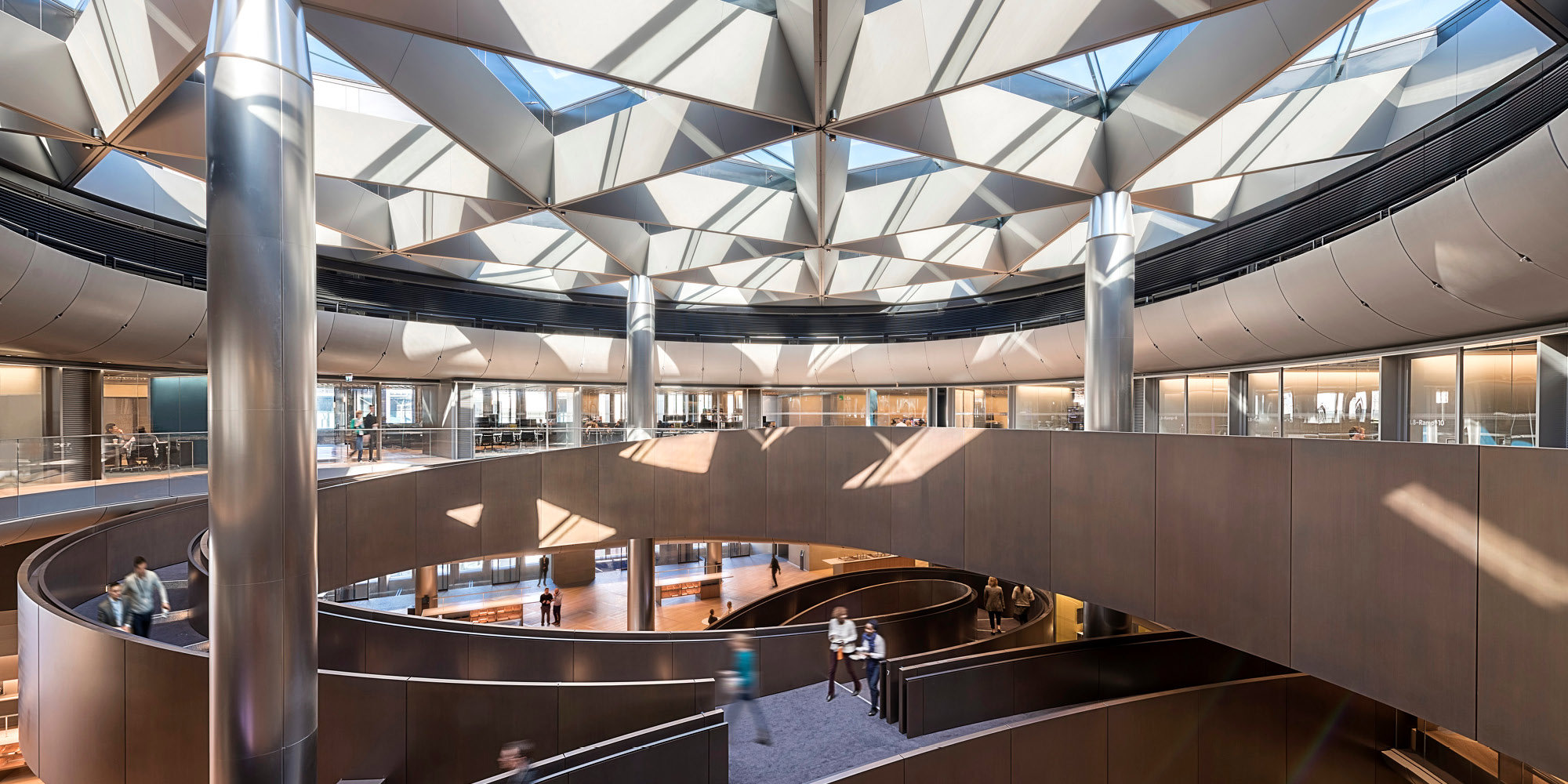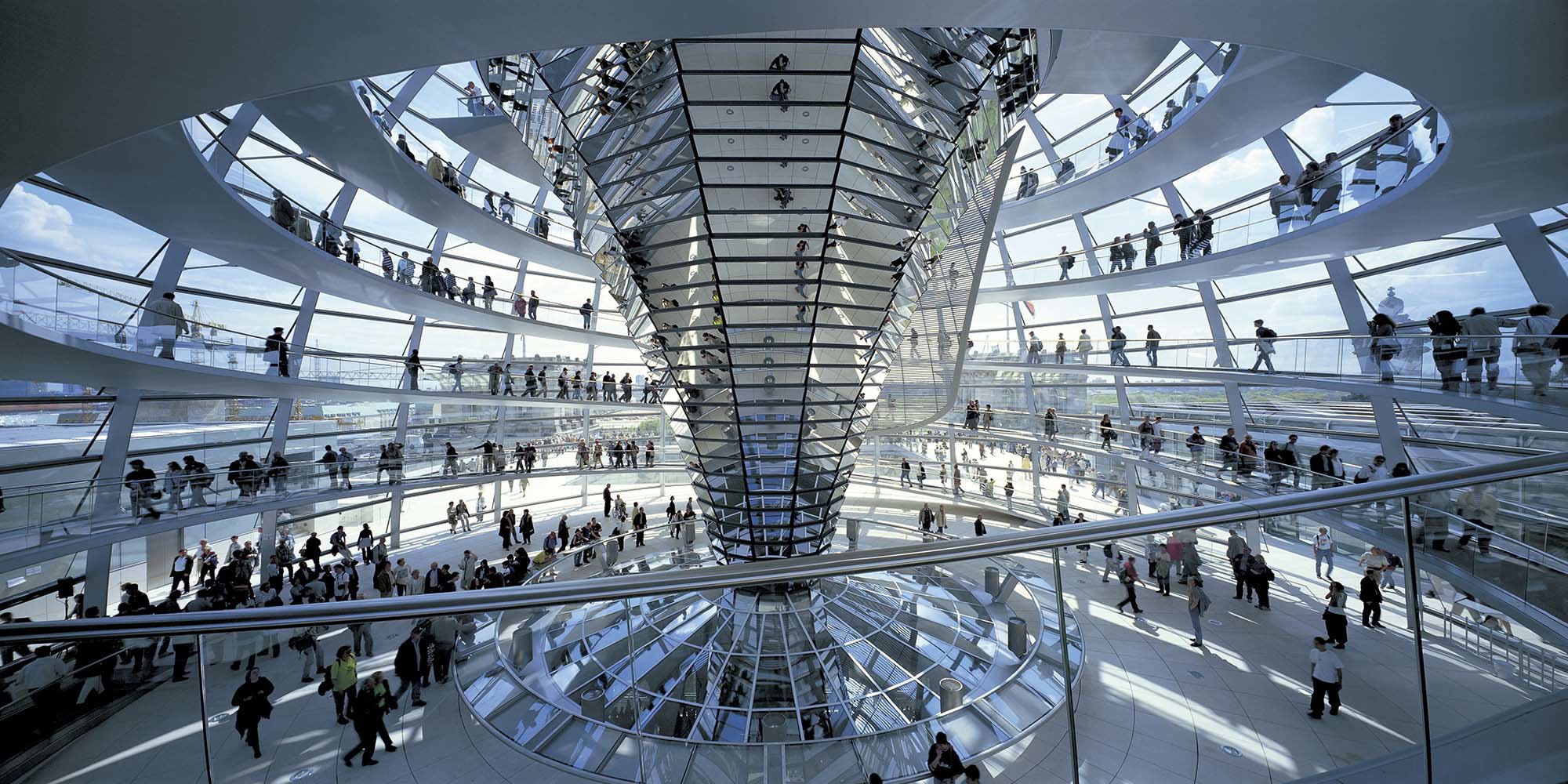On Friday, February 7th, 2003, at 2:15pm, work began to demolish Wembley Stadiums legendary Twin Towers, marking the end of an era, but the beginning of a brilliant new one.
The Towers have been part of Englands sporting heritage since they were built in 1922, and throughout the lifetime of the old stadium, they bore witness to some of the greatest moments in sporting history.
A short ceremony celebrated Wembleys past and looked forward to an exciting future, at the state-of-art stadium that is being built on the site. The new stadium will cover twice the area of the old, and stand at nearly four times the height. The scale and futuristic design of the new stadium meant that there was no room for the towers, which would have stood beside the pitch had they not been demolished. An even more dramatic sporting icon will be created, in the form of a 133 metre-high arch, that will not only support Wembleys new retractable roof, but will be visible across London.
Ray Clemence, the England Goalkeeping Coach who Captained England at Wembley and made 61 appearances for his country, as well as lifting The FA Cup (1974, 82) and The European Cup (1978) on Wembley soil, explained how much Wembley means to players: "There was something unique about the stadium itself. As an England Coach I know how exciting it is for the team to know that in a few years time they will be playing here again."
Lord Foster and Rod Sheard are the lead architects on the project, forming a partnership called The World Stadium Team. Presenting Wembleys future, Foster explained: "Today represents the end of an era but also the beginning of a bright future for the worlds most famous sports stadium. I look forward to the rise of the new arch that will symbolise Wembleys rebirth."
Rod Sheard added: "The new stadium will be the best in the world, the likes of which has not been seen before, creating an unrivalled atmosphere and putting London firmly back on the international sporting stage."
The Chief Executive of Wembley National Stadium Limited, Michael Cunnah paid tribute to everyone involved in the project, which has required the co-operation of dozens of organisations: "This is a milestone for the Wembley Stadium project and I would like to thank everyone whose support has helped us to reach this point. In particular The FA and our funding partners Sport England, The London Development Agency and the Department of Culture, Media and Sport."
Paul Gandy, Managing Director of Multiplex Constructions UK, the company appointed to build the stadium confirmed that the stadium was well on track: "We are already ahead of schedule and working hard with all of our contractors and designers to maintain this momentum as the new Wembley emerges over the next three years. When completed in early 2006, it will more than justify its claim to be the best stadium in the world and will truly be a worthy bearer of the Wembley spirit."
The signal for work to begin was given by Ray Tidmarsh, a Radio Five Live listener from Devon. He was picked from thousands of entries to be given the chance to start the demolition.
Wembley Stadium will seat 90,000 fans and is due to open in early 2006.









